64km London to East Grinstead
The Doom Painting in St. Peter and St.Paul, Chaldon
63km A ‘Hell’ of a ride
The Home Counties have an air of the wilderness about them in winter; an outlands deserted by people. Soggy sheep, damp foxes, hunting owls and bouncing squirrels delight as do the jewelled drops hanging off trees. It's not for everyone, of course, but few things can beat riding an adventure bike (anything with tyres wider than 28mm) into the Home Counties on a winter’s day. The weather is to be embraced, the solitude affirming. The route of course can be ridden at any time of year. Summer is fecund, autumn a blaze, spring luminous, but in winter there’s extra magic; empty lanes and tracks, the stop in a steamed up cafe and the warm glow of having embraced the weather. Ride out of London on a traffic-free trail beside the Wandle and up into the North Downs with barely a vehicle or a Labrador to disturb your nose-dripping reveries. There’ll be no queues in the cafe and room to sit, there’ll be the silence of the stone church walls embracing you as you reflect on the Chaldon’s Doom Painting and the firm tracks of the North Downs will be dogless other than curious foxes who’ll watch you rather than get in your way. And at the end of the ride, there are fast and frequent trains from East Grinstead to whisk you back into London.
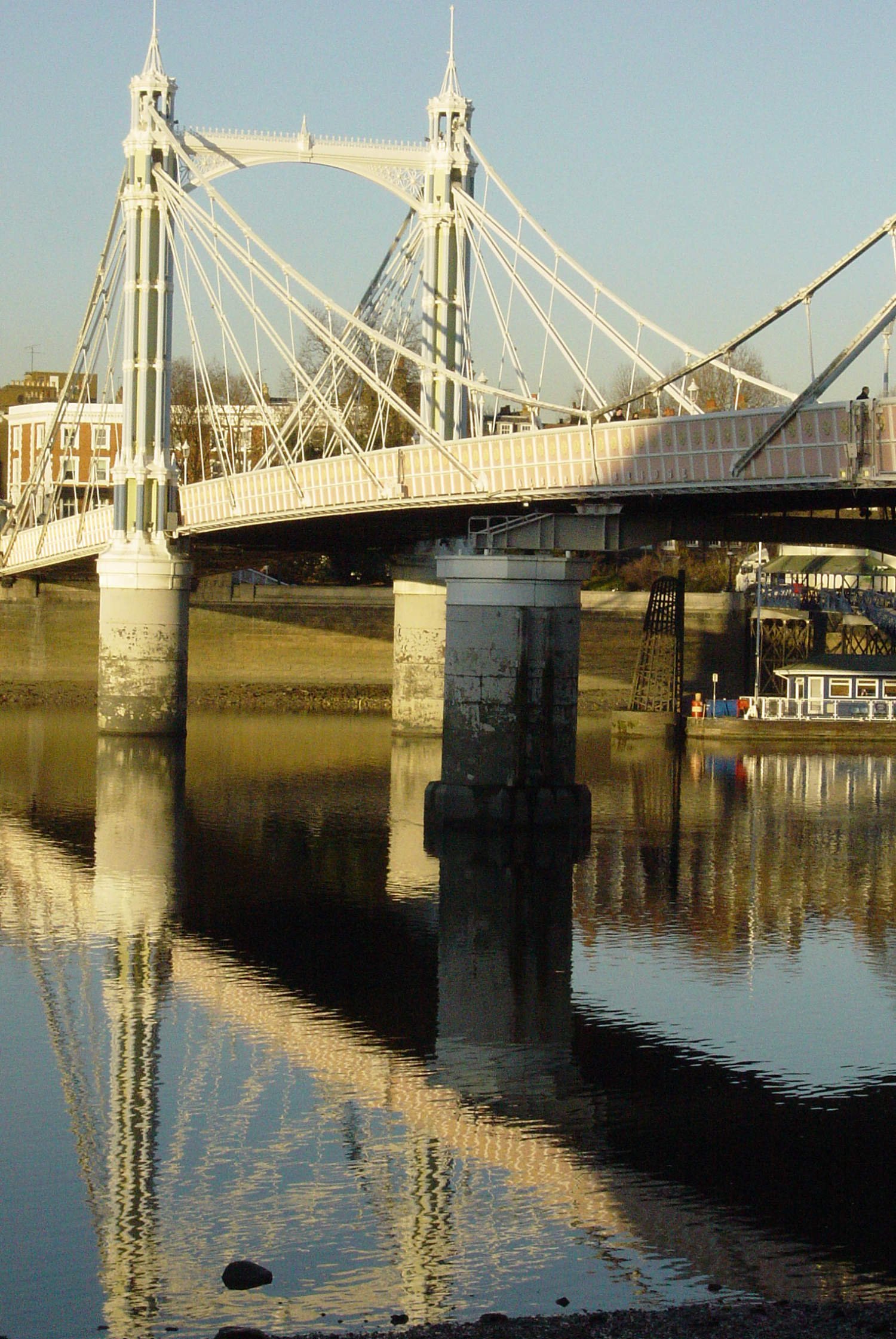
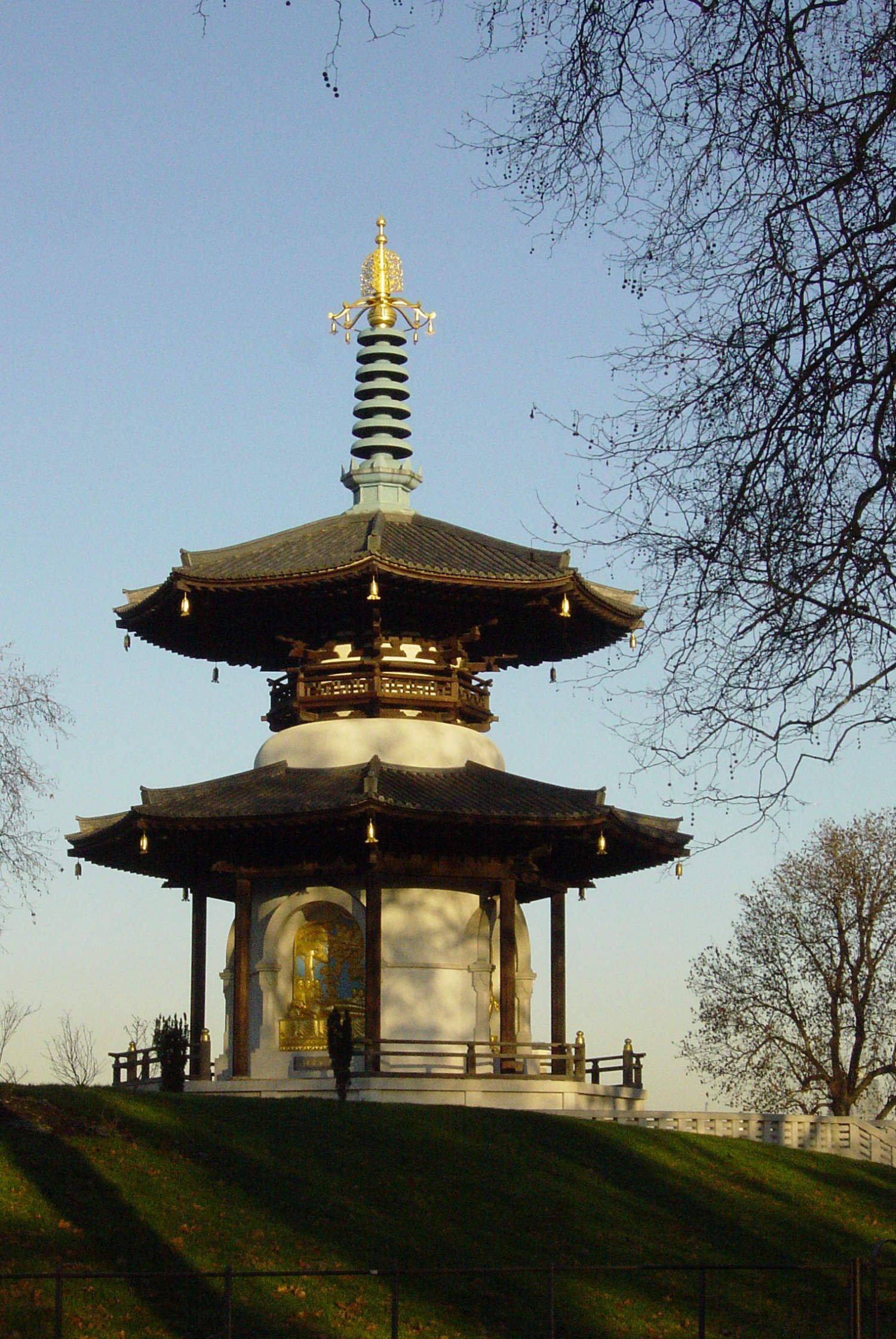
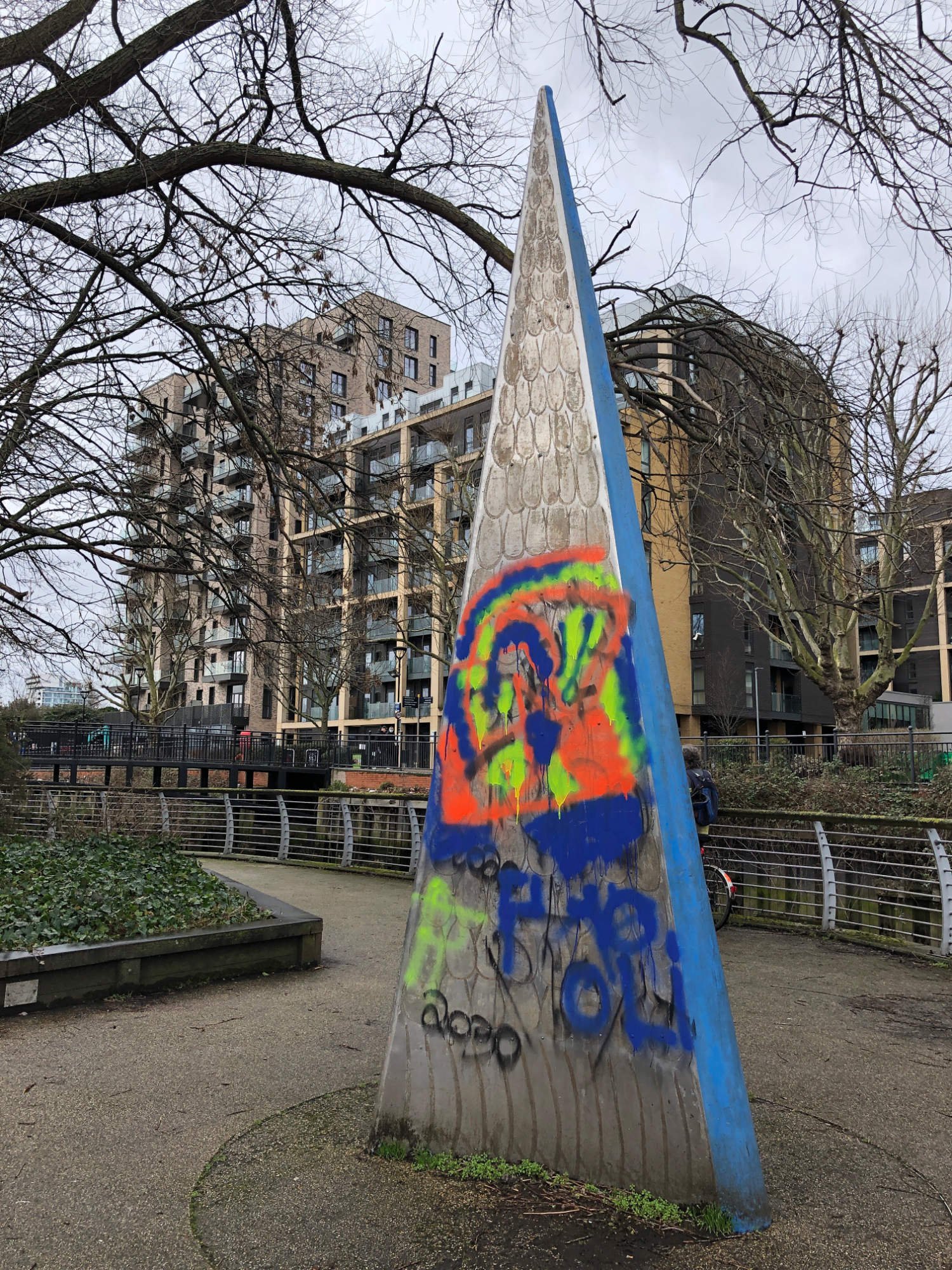



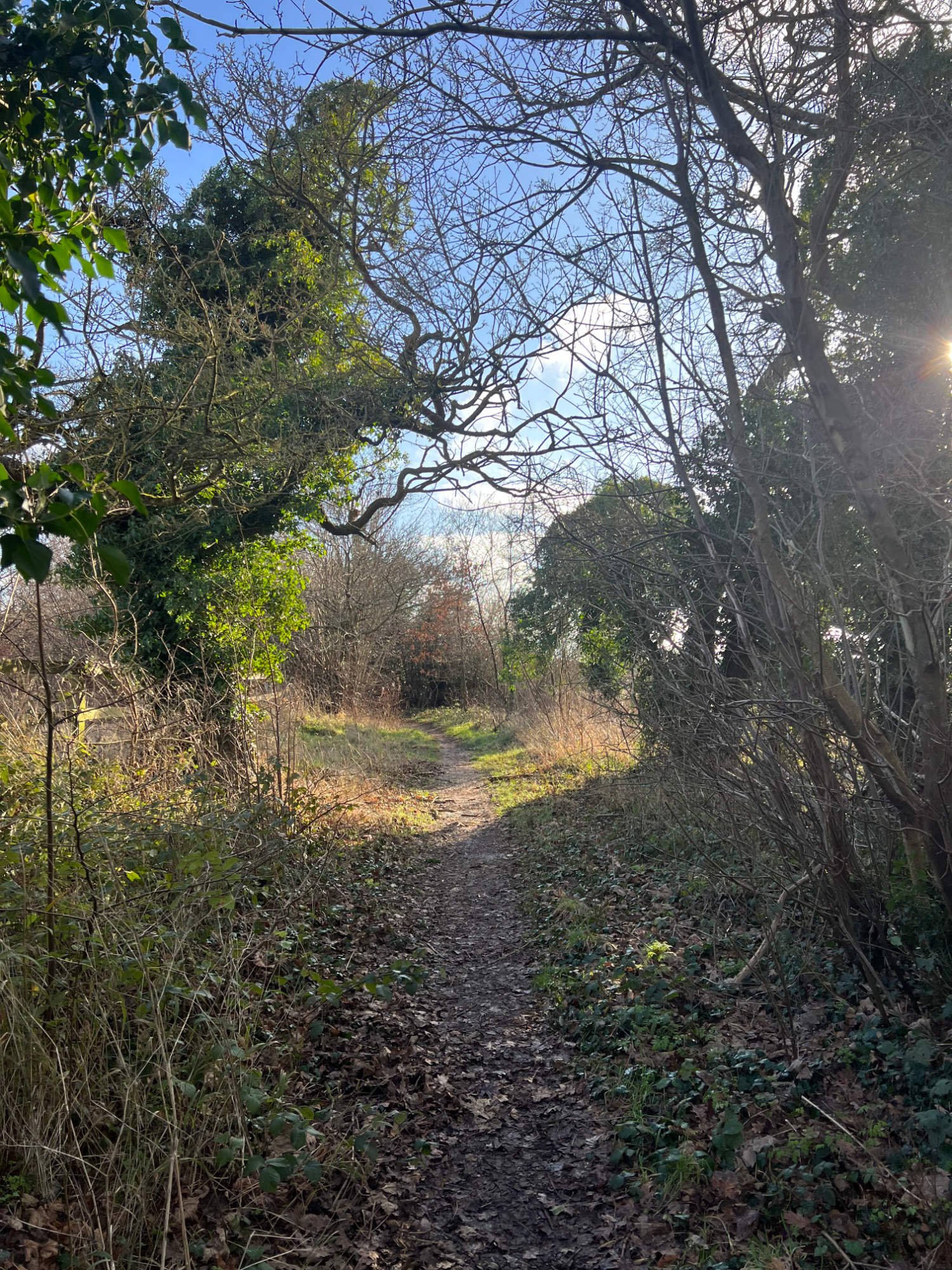
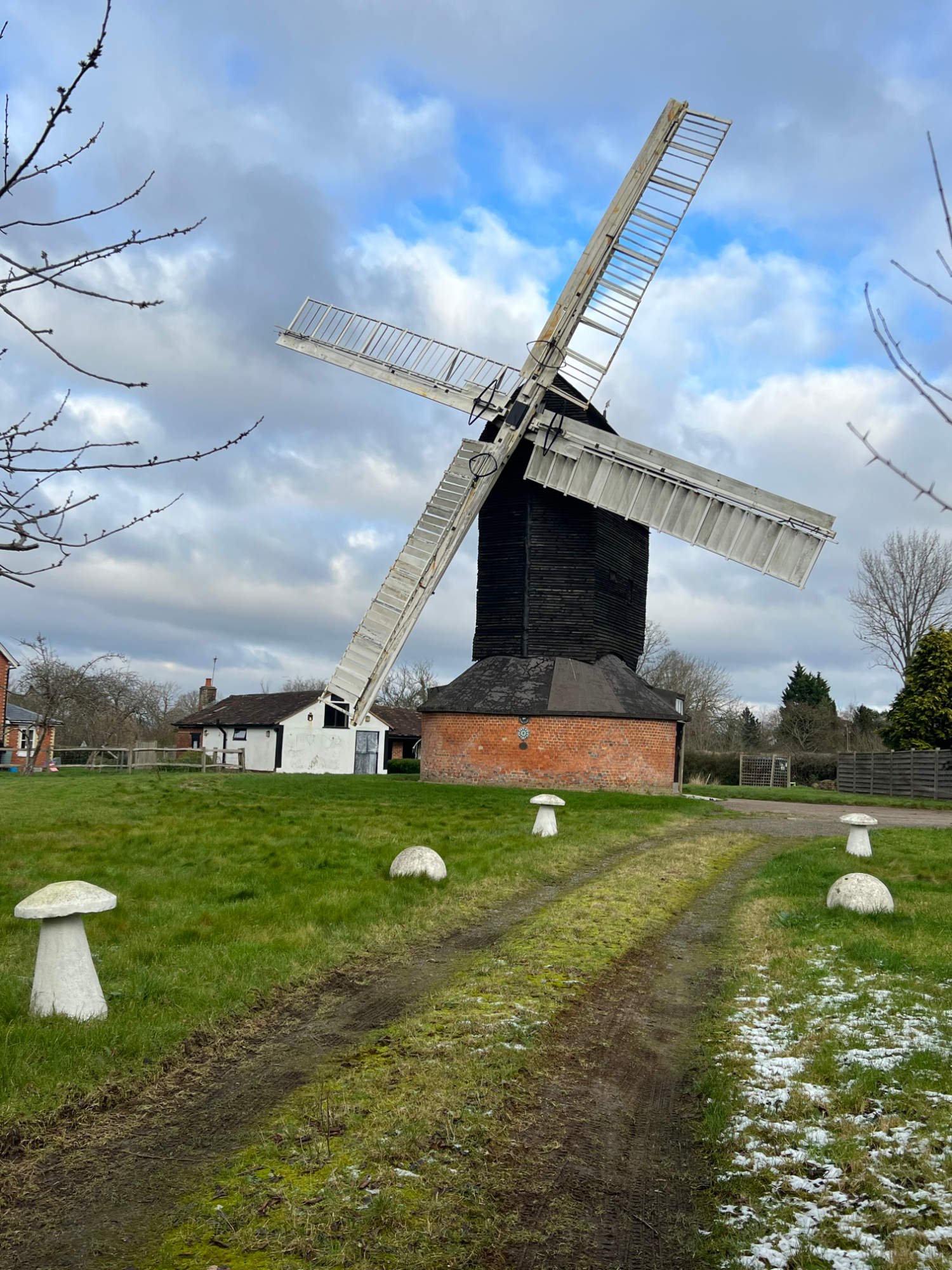

Ride practicalities
START/FINISH: Victoria/East Grinstead DISTANCE: 63km TOTAL ASCENT: 637m TERRAIN AND SURFACES: Mixed surfaces including firm river-side paths, bridleways and cycle tracks which are very rideable even after months of rain, quiet suburban roads FOOD: Morden; Morden Hall (NT), Coulsdon; The Grumpy Goose, PUBLIC TRANSPORT: Regular trains to London from East Grinstead, Carshalton, Coulsdon, Caterham all on route with trains to London LINKS TO OTHER RIDES: NCN 20, NCN 21 The River Wandle Cycle Trail, The Waterlink and Wandle gravel ride
Ride Notes
London is a winter city. It seems to sit more comfortably in the grey light than in summer’s blue skies. The chiarascuro of sun and deep shadow give a more striking aspect for all the city’s scenes. Monet loved it as did Whistler. Indeed many of the great paintings of London are winterscapes. The ride fron Victoria through the milk coloured buildings of Belgravia on a traffic segregated cycle lane begins the ride. Soon you are across the river with leaf-free views across to the fine buildings of Chelsea.
Chelsea Embankment
In these warring times, a pause by the Pagoda might be appropriate. The Peace Pagoda is one of 80 built around the world by the founder of the Japanese Buddhist movement, Nipponzan Myohoji, who stated that 'Civilisation is not to kill human beings, not to destroy things, nor make war; civilisation is to hold mutual affection and to respect one another'.
After some pleasant traffic-free Thames-side riding, you arrive at the start of the Wandle Trail. In summer, this is a rich and green river alley out of South-West London. In winter the river seems clearer, the smells of the biscuit baking from nearby factories more enjoyable, the filigree of the trees more lovely. Other than the occasional jogger, you ride almost alone beside the chattering stream, once titled “London’s hardest working river’ due to the many mills which lined its path. Textile printing, dyeing and brewing were the mainstays. The result was biologically disastrous, but now more than a dozen species of fish, eel and crab live in the waters. Heron’s with their huddled shoulders stand motionless on the silty banks.
Morden Hall (NT) was in the mid - Victorian times, the largest snuff mill in the world. It’s owner, Gilliat Hatfield created a park around the House which he filled with avenues of limes and chestnut. His workers were allowed the freedom of the park in their free time. In winter the cafe is only open at weekends but one of the best second hand bookshops in south London is open every day.
Homes for Heroes - built for the returning soldiers of WWI
After Carshalton, there is a stretch of road riding up hill. Once past the suburban housing, you enter a land of market gardens, which 150 years ago formed the centre of the world’s herbal growing area. Here, rather than in Provence, was for 100 years, the centre of the world’s lavender oil production. Mayfield Lavender continues the tradition today. You ride past fields of herbs - and pumpkins in autumn. The black weatherboarded houses were built by Surrey County Council after the First World War as homes with a small holding for demobbed soldiers.
After a sharp descent where caution must be exercised over the vicious speed bumps on the concrete track, there’s a similarly sharp rise to The Oaks. The cafe and gardens are all that remain of the grand house where the Earl of Derby gave his name to horse racing’s greatest flat race. There’s a little more road riding, a firm surfaced bridleway, followed by a road descent into Coulsdon, where the Grumpy Goose Cafe will revive any flagging energies.
Farthing Down
Restored by coffee and buns for the long (by South of England standards) but steady climb up onto Farthing Down, you ride into an open downland landscape of sky and views into Happy Valley. There’s a feeling that you’ve finally broken free of the suburbs and that you are now entering another world, which in winter is all but deserted.
St. Peter and St. Paul, Chaldon
Anyone who has studied Key Stage 3 History at school will be familiar with the Doom Painting inside Chaldon’s church. Painted to inform illiterate souls as to what their fate might be should they stray from the established Christian path, it is both comical and chilling. Devils with cloven feet meddle with the balance scales of life, they torture traders who cheated customers by making them walk on a spiked plank, and they burn genitals of money lenders, boil murderers. The painting is the best example of its kind and is unique in Europe.
The windmill at Outwood
From Chaldon there is some lovely mixed surface riding - along the Pilgrims Way on top of the North Downs and on quiet lanes which pass an old airfield where Spitfires took off to cover the D-Day landings and where sheep now graze. There are dark yews, many sturdy oaks and firm, if bumpy, bridlepaths to ride on.
Gullege House
With the benefit of winter, you are able to see through trees onto some grand houses, including Gullege, a magnificent yeoman’s house of the Tudor era. The final off-road ride is along the Worth Way, an old railway between Crawley and East Grinstead. Trees drip, snow melts, deer hop across the track, winter silence.
East Grinstead
East Grinstead, whatever the season, seems to bustle with activity, which after the people-less woods can be a bit of shock. There are pubs and cafes to warm up in and there are warm and frequent trains to take you back to London.


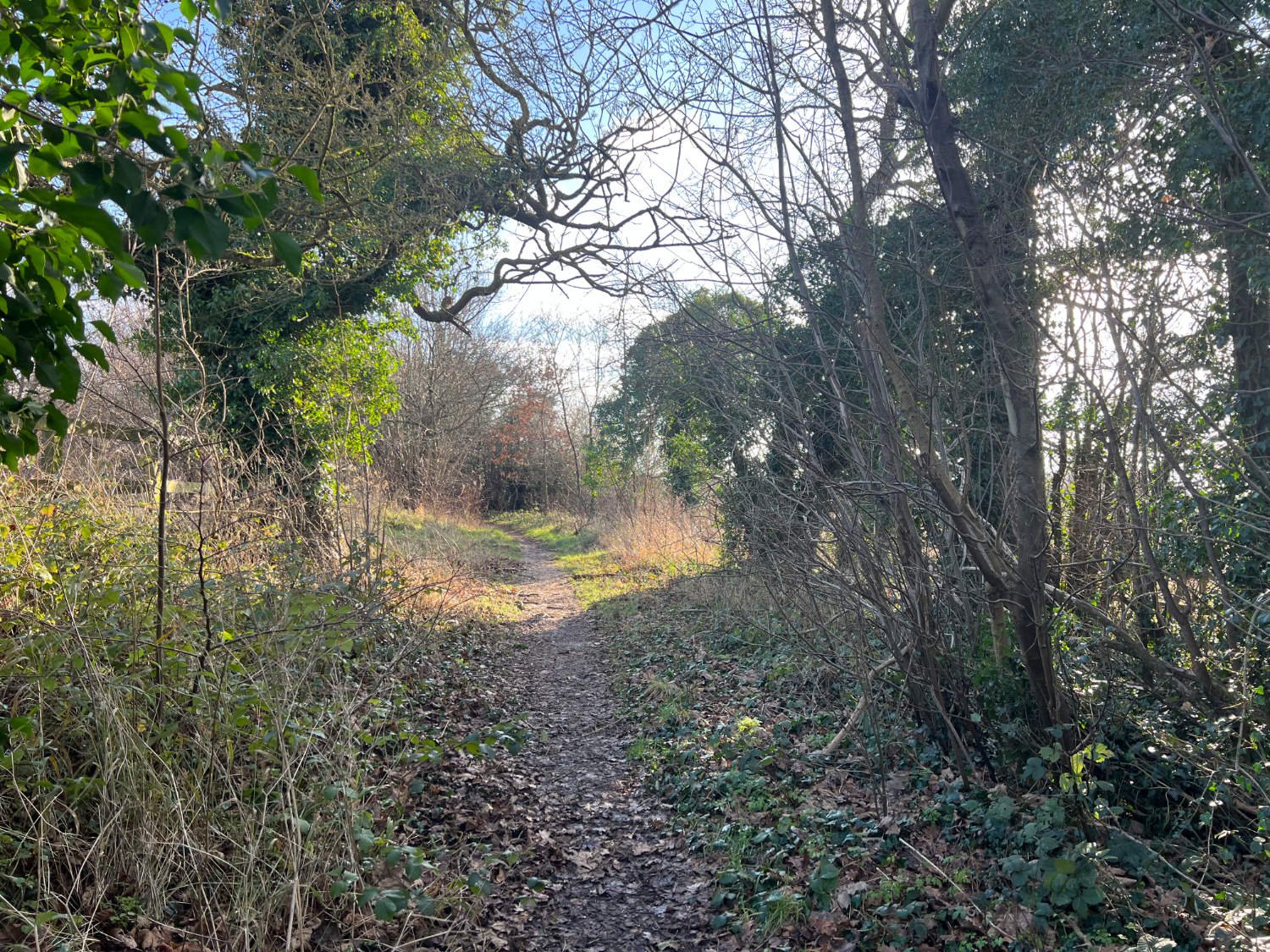
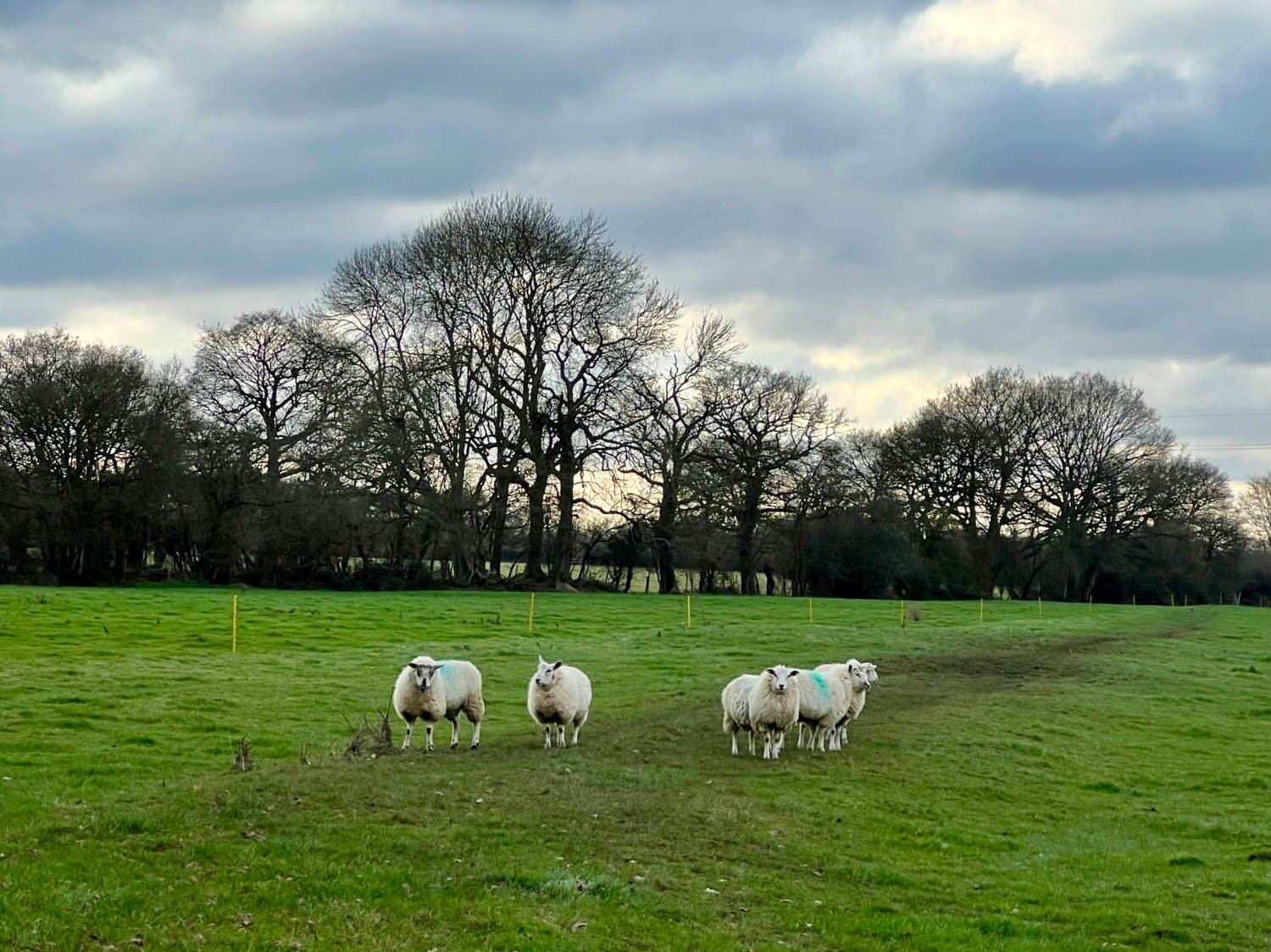
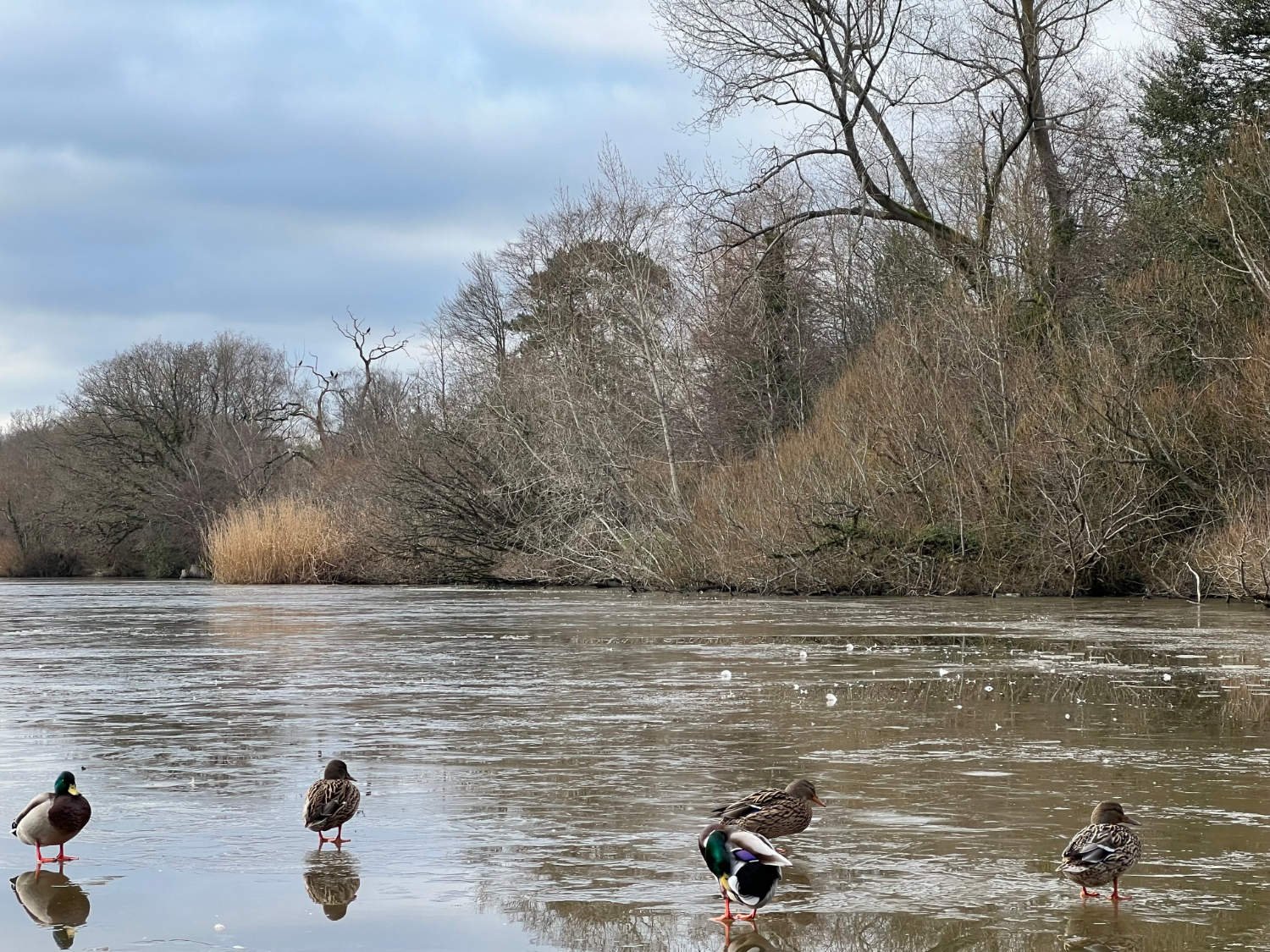

All the details given on this route are given in good faith. However, situations on the ground can change, so if you know of any access issues, closures, or have any thoughts and feedback on the route, please include them in the comments section below.
If you enjoyed reading, or even riding this route, why not subscribe so that you don’t miss out on any other mixed surface adventure rides in the London, UK and Europe?







